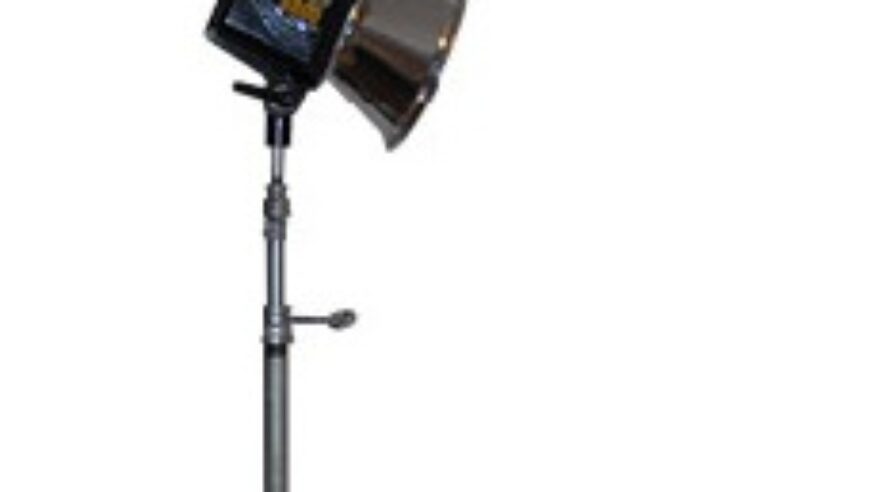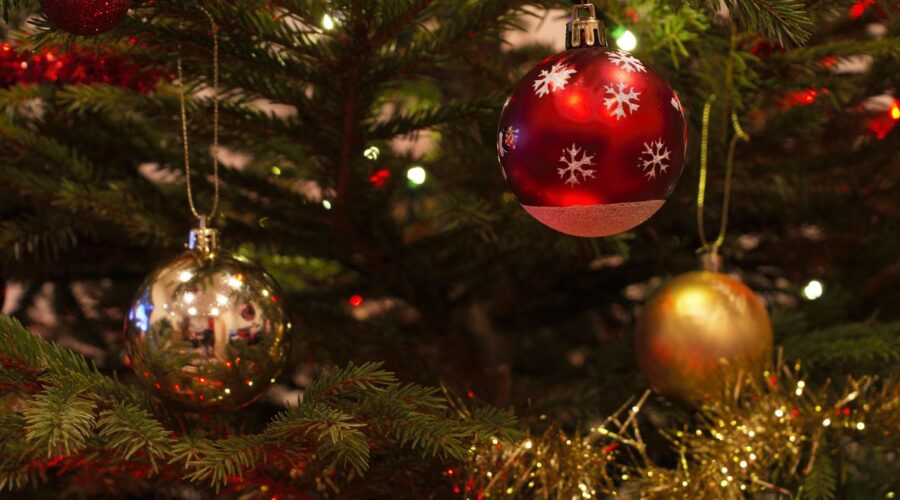A guide to lighting modification

Lighting is one of the most powerful tools in filmmaking – more important often than the exact specifications of the camera. It allows the cinematographer to reveal or conceal parts of a set or location, impose mood and feeling on the bland and ordinary, flatter (or curse) the human form, or simply ensure, as in a documentary, that things never seen before are visible.
The problem with this is that consideration of lighting as an art form often begins and ends with the lights themselves. In reality, many things can be used to motivate photons – right down to the cheap linear 500W halogen floodlights used on construction sites, which often have very similar output to expensive movie lights. The key is in the details: the equipment used to modify light and control where it goes.
Simple a concept as this is, it’s as complex as lighting itself, and it can be expensive to implement. Flags (to block light), reflectors (to redirect it) and diffusion (to soften it) aren’t terribly expensive, and can even be improvised from readily-available materials, but the clamps and stands to position them appropriately can be expensive and they are often required in large numbers.
Despite the costs involved, a lack of excitement regarding this sort of investment is common – it’s just a stand, after all – and we’re covering this topic last because this common disinterest in such an important area is what prompted this series of articles in the first place.
We’ll consider lighting control equipment in two categories: equipment to modify light, and the rigging gear required to put it in the right place.
Â
Light diffusion
At the most basic level, light can be modified by filters, clipped on to the barn doors of lights, or slipped into gel frames. Filters can be reasonably expensive, but manufacturers such as Lee, Rosco, GAM, Formatt and others will generally supply swatch books free of charge. These books include not only colour correction filters, to convert white light between colour temperatures and match (for instance daylight to a tungsten-halogen lightsource) but also a selection of diffusion and reflection media.
A safety note that’s worth mentioning early is that many lights get hot, and while most gels are designed not to catch fire, they can still be damaged, either bleaching out their colour, melting, or even charring black if overheated, and care is still required. This is even truer if traditional materials such as muslin are used as diffusion.
Almost anything from thin paper to shower curtains can be, and has been, used as diffusion, but both bleached and unbleached muslin fabric is a particularly common option especially where parts of locations need to be filled with a diffusing or reflecting screen. Unbleached cloth provides a warmer colour, but both are extremely flammable and must be treated with a fire retardant before use – fabric supplied for the film industry is likely to have been treated by the manufacturer, but double check.
Â
 Blocking light
Blocking light
Objects designed solely to block light – known as flags – come in a huge variety of configurations. Cheap black polystyrene insulating board is common as it is lightweight and easily rigged, and white can be used as a simple reflector, though again, it is a fire risk. Flags designed to be clamped in the gobo head of a C-stand (of which more below) are of
Share this Article















